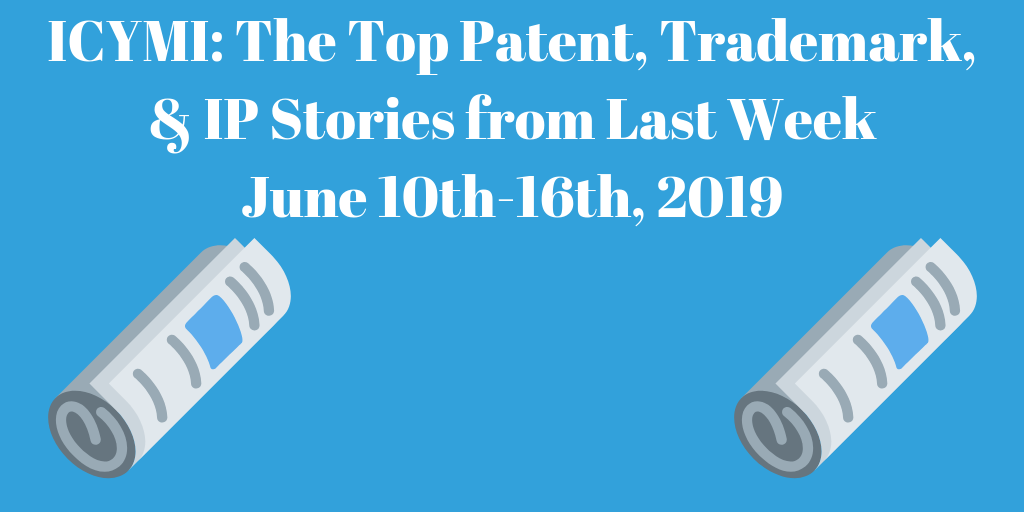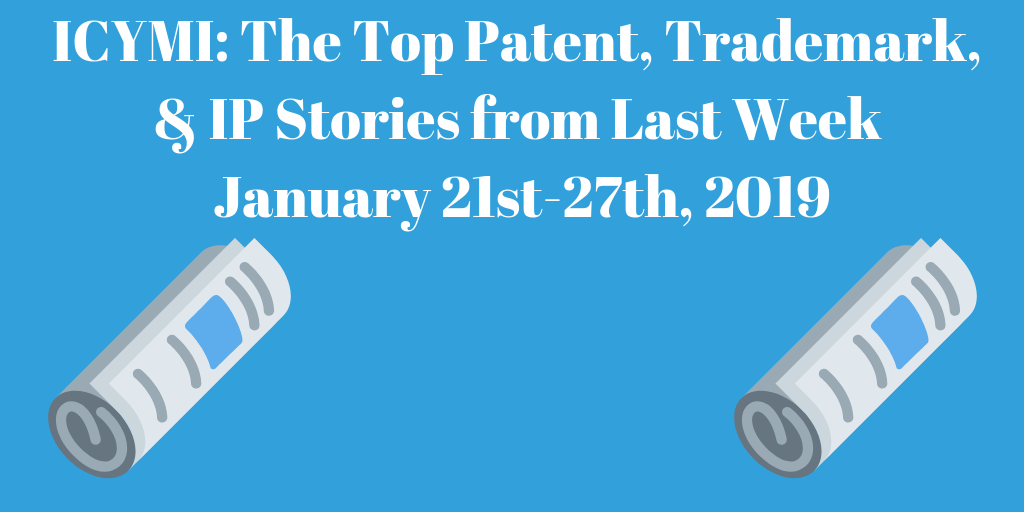The America Invents Act Handbook: A Guide to the Patent Law Reform of 2011
The landscape of American Patent law saw some major changes with the passage of the America Invents Act (AIA).
In her newest book The America Invents Act Handbook: A Guide to the Patent Law Reform of 2011, Author and Patent Attorney, Dr. Mary Anthony Merchant condenses the seemingly overwhelming changes into an easily understandable format.
When asked about her overall impression of the changes, Ms. Merchant stated “The changes in patent law landscape reflect a movement in American patent law to more closely (but not exactly) harmonize with the patent laws of the rest of the world.”
“The thing that jumps out to me is that because there are just so many changes, there is a need for a handbook to identify and explain the new laws.”
As a whole, the book does a good job handling the near insurmountable task of breaking down the patent law reforms of 2011.
The The America Invents Act Handbook is broken down into chapters detailing individual aspects of the changes, including:
- AIA Adoption of First to File System
- Prioritized examination
- Best Mode Requirement
- A comparison of the pre-AIA 102 novelty and patent-defeating acts with the AIA 102(a) novelty requirements
- Supplemental examination
- Expected Use of Inter Partes Review Process
- AIA Provision for Post-Grant Review
- Pre-issuance submission by third parties.
For those with a base knowledge of patent law in America, the book is easily navigable. If an attorney is looking for a fairly detailed and well written description of a particular change in law created by the AIA, this book is an excellent resource.
However, the book is clearly targeting persons with legal or patent based knowledge and your average independent inventor may struggle to understand concepts they are not already familiar with, as the book can be a little heavy on the “legalese” at times.
One interesting tid-bit about the book, is that because it is available online at lawjournalpress.com, the book is fully searchable and enhanced with powerful personalization features.
You can highlight, bookmark, annotate and organize your content into folders. You’ll also have instant one-click access to cases and statutes referred to in the text.
These are obviously beneficial features to attorneys who are looking to do legal research, or save their past notations for easily searchable future use.
On the whole, this book is a solid resource for its target audience. Though the text can get bogged down in the technicalities of law, and like much legal writing may be unclear to a lay person, the book is an excellent legal resource to those skilled in the art of patent law.
This book is highly recommended to any attorney looking to shore up their knowledge of the new patent rules, because as Merchant warns “Dancing between two sets of rules may be a trap for the unwary.”




